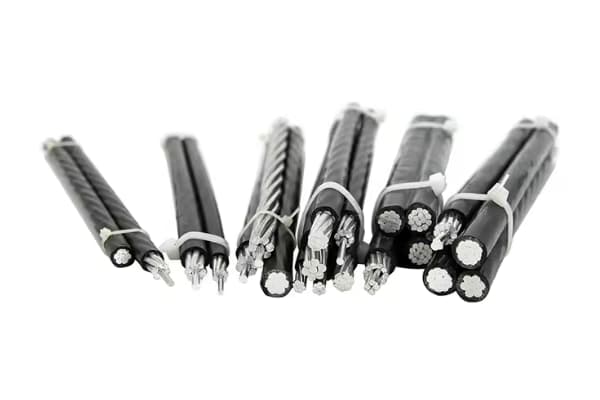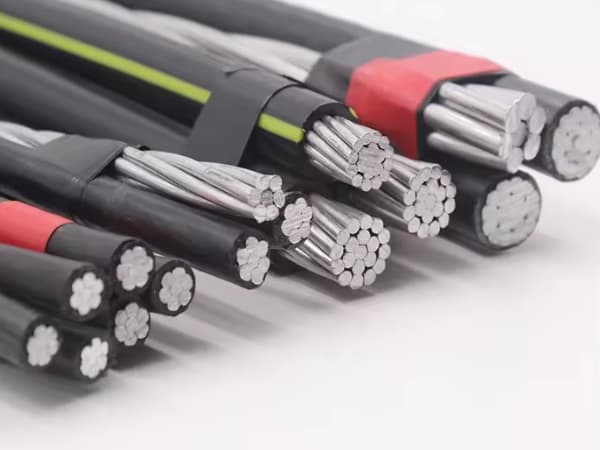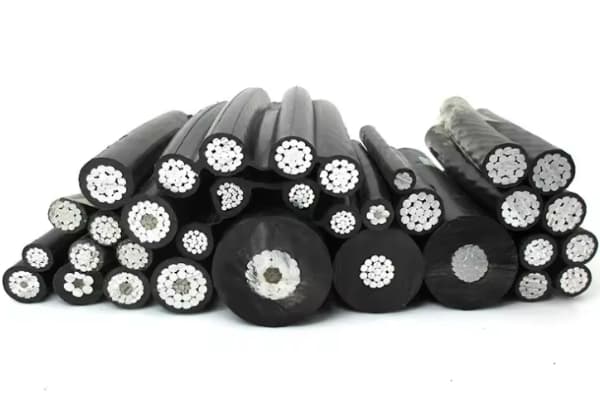
In the world of electrical engineering and telecommunications, Self-supporting cables have emerged as an innovative solution for the installation and maintenance of communication and power lines.. This type of cable, thanks to its special design, allows for greater flexibility, durability and efficiency in various applications, from the most domestic to the most industrial. In this article, We will explore in depth the different types of self-supporting cable, focusing specifically on its characteristics, usos, and above all, prices of some popular models such as self-supporting cable 2×16, 3×35, 3×25, 2×25, as well as the self-supporting aluminum cable, and also the CAAI Cable (High Intensity Self-Supporting Cable).
Self-supporting cable
A self-supporting cable is a type of cable designed to support its own weight and resist external forces without the need for additional fixing systems such as supports., hooks or pulleys. Its internal structure includes reinforcing elements that allow it to remain in position even in open spaces or in adverse conditions.. This type of cable is widely used in sectors such as construction, telecommunications, energy and transportation, where installation and maintenance of traditional cables can be complex and expensive.
Main Features
- Flexibility and Versatility: Self-supporting cables are designed to be easily coiled, allowing easy handling during installation and maintenance. Their structure allows them to be used in various configurations, from straight lines to curves and sharp angles.
- Durability: construction materials, like galvanized steel, aluminum or high resistance fibers, make these cables corrosion resistant, abrasion and climate changes, increasing its useful life.
- Installation Economy: By eliminating the need for additional fixing systems, self-supporting cables reduce installation and maintenance costs. Besides, Its easy handling speeds up the work process.
- Loading capacity: Depending on the type and diameter of the cable, can withstand significant loads, including multiple communication or power lines.
- Aesthetics: In public areas or where appearance is important, Self-supporting cables can be designed to be less intrusive and more aesthetic, improving the image of the environment.
-
Self-supporting cable 2×16
He self-supporting cable 2×16 is an example of a multicore cable containing two conductors of nominal cross section of 16 mm². This type of cable is ideal for low to medium voltage applications, such as the distribution of electrical energy in residences, offices and small businesses. Its price varies depending on the material, quality and place of purchase, but overall, can be found in an economic range that fits these uses.
Self-supporting cable 3×35
The self-supporting cable 3×35, with three drivers of 35 mm², It is an option for applications that require greater load capacity, such as industrial power distribution systems or large buildings. Its larger cross section makes it a robust and resistant cable, although also more expensive than 2×16. The specific price depends on factors such as construction material (For example, aluminum or galvanized steel) and the market.
Self-supporting cable 3×25 and Self-supporting Cable 2×25
Self-supporting cables 3×25 and 2 self-supporting cables×25 They occupy an intermediate niche between the 2 models×16 y 3×35. Number 3×25, with three conductors 25 mm², It is suitable for medium to large electrical power installations, while the 2×25, with two conductors of equal section, can be used in similar applications but with a lower load. Both types offer good value for money, being cheaper than the 3×35 but


